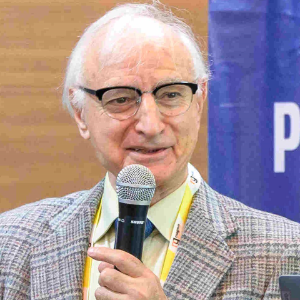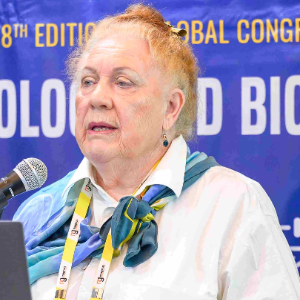Gene Regulation and Transcriptional Networks
Gene regulation and transcriptional networks are complex and intricate systems that regulate the expression of genes in an organism. These networks are composed of multiple layers of transcription factors, regulatory proteins, and their interactions. By controlling the expression of genes, these networks are essential for a variety of cellular processes, including development, metabolism, and immune response. Gene regulation and transcriptional networks are dynamic and often involve a combination of positive and negative regulation. When a gene is activated, transcription factors bind to the regulatory regions of the gene, which then leads to transcription of the gene. Regulatory proteins can also be involved in this process and can either activate or repress gene expression. By controlling the expression of genes, the networks can adjust the functioning of cells in response to changes in the environment. In addition to controlling gene expression, gene regulation and transcriptional networks are also involved in a variety of other processes, such as signal transduction, cell cycle regulation, and DNA repair. These networks are also involved in the development of genetic diseases, as mutations in the regulatory networks can lead to abnormal gene expression and disease.

Mohammad Babadoost
University of Illinois, United States
Mary Cole
The University of Melbourne, Australia
Valasia Iakovoglou
UNESCO chair Con-E-Ect, International Hellenic University, Greece
Satya S S Narina
Virginia State University, United States
Sara Hailemariam
Purdue University, United States
Midhat Mahboob
Lincoln University, New Zealand


Title : Exploring the genetic diversity in tannin-rich forages to explain the large intra species variability in tannin content
Selina Sterup Moore, Aarhus University, Denmark
Title : Isolation and functional properties of biomolecules of plants and its application
Balagopalan Unni, GEMS Arts & Science College (Autonomous), India
Title : Primed for the future: PGPR and the promise of sustainable, heritable crop resilience
Prashant Singh, Banaras Hindu University (BHU), India
Title : Revealing allelic variations in candidate genes associated with grain yield under salinity stress between two contrasting rice genotypes
Nisha Sulari Kottearachchi, Wayamba University of Sri Lanka, Sri Lanka
Title : Adaptive strategies of Aristida L. species across ecological zones of Pakistan: Linking soil characteristics with morphological and physiological traits
Iram Ijaz, University of Agriculture Faisalabad Pakistan, Pakistan
Title : Ethnobotanical survey and abundance of weeds in selected Manihot esculenta (cassava) Crantz farms in Osun state, Nigeria
Dada Caleb Mayokun, University of Ibadan, Nigeria